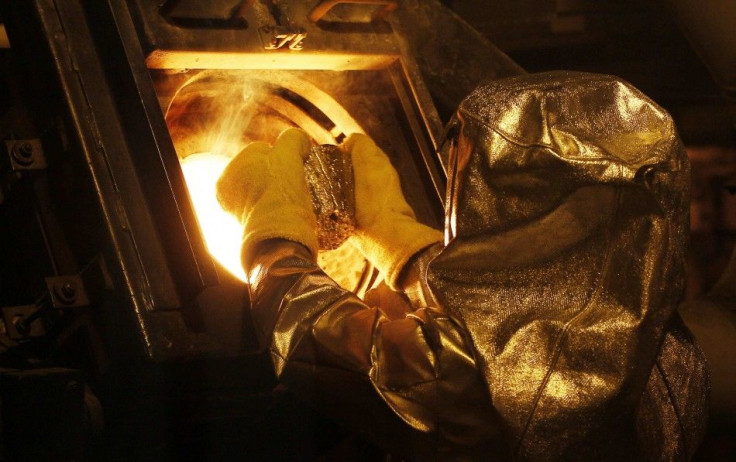Gold in China: 127-Tonne Gold Reserves Tapped in Xinjiang

A gold reserve holding 127 tonnes of the precious safe haven yellow metal has been discovered in northwest China's Xinjiang Uygur Autonomous Region. The find is estimated to be worth 40 billion yuan ($6.5 billion).
Local Chinese officials said on Tuesday it is the largest gold deposit ever discovered in resource-rich Xinjiang so far. The new discovery is located in Uqar County, close to the border with Kyrgzstan. Xinjiang is the home to Chinese Muslim Uyghur ethnic group and it has rich sources of oil, gas and minerals.
The mine could have a capacity of 200 tonnes of gold, Cui Hongbin from the Xinjiang Geology and Mineral Exploration Bureau said.
The bureau said it has been exploring the area for gold for 20 years now. To date, geological workers have discovered over 20 belts of gold ore in the 20-square-km Sawayaerdun deposit.
The gold find has attracted several major mine developers in China who have expressed interest to co-develop the mine with the government. The South China Morning Post however reported no exploration agreement yet had been entered with any mining company.
Cui said the new discovery will help boost China's gold output, which had reached 211.07 tonnes in the first six months of 2014. It will likewise surely benefit local revenue and employment, Cui added.
The mine is about 3,100 to 4300 metres above sea level. Xinjiang Tongyuan Mining Limited, a joint venture between Hong Kong Fuwei Mining and geology and minerals bureau of Xinjiang, carried out the survey.
Two gold deposits with proven reserves of more than 50 tonnes each in the counties of Xinyuan and Hejing were discovered in 2013.
Meantime, demand for Chinese gold jewellery has fallen by 40 per cent to 60 per cent in the second quarter of 2014, and could further dip to as much as 20 per cent in the full year.
"Consumers have become more rational on gold purchases," Sara Zhao, a GFMS analyst at Thomson Reuters, told the Reuters Global Gold Forum on Thursday. "Unless there is a significant turnaround in the second half, demand looks set to fall well short of the record levels witnessed in 2013."
A Hong Kong dealer said Chinese buyers are not in a rush to purchase the safe haven yellow metal gold because they anticipate prices will fall further.
"The prices are not low enough this time around... they will probably come back to the market if prices fall below $1,200 an ounce."






